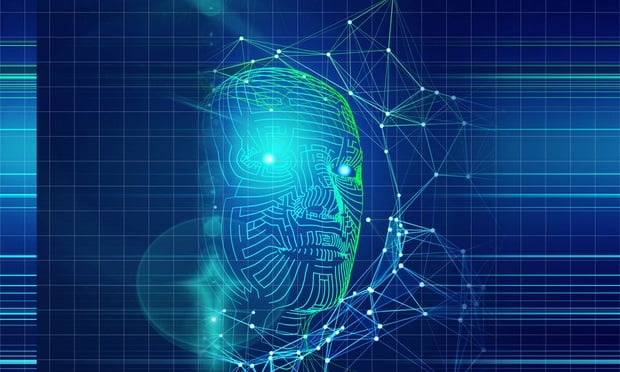The COVID-19 pandemic is causing some property owners and managers of commercial office space to create digital twins of their buildings to model everything from the ability of workers to maintain a safe social distance to how the flow of air generated by HVAC units could carry the virus.
That’s according to JLL, which says that digital twins—virtual replicas of physical spaces that property managers can use to simulate things such as vacant indoor environments before people return to them en masse—are surging in use in real estate and other industries during the pandemic. The technology, originally developed for use by the aerospace industry in the 1960s, has gained new steam with the introduction of better Internet of Things (IoT) sensors and advanced computer modeling. JLL reports that research firm MarketsandMarkets has projected the digital twin industry will grow to $35.8 billion in 2025, compared to the $3.8 billion it generated in 2019.
Jim Whittaker, engineering services lead at JLL, says particularly now, with a vital need for building owners to consider how their properties are being managed, digital twins are providing data and visualizations to help monitor built spaces. “Objective and credible data has always been needed to make decisions on property portfolios and inform investment decisions,” said Whittaker, as quoted in the JLL report. “But, agile, scalable, and dynamic workplaces are needed now more than ever.”
In particular, Whittaker said that his team has installed IoT sensors, gateways and remote monitoring software to reduce the need for on-site staffing or drive-by check-ins at sites that are currently not in use or where the number of workers has dropped dramatically.
The digital twin technology also can also be used to model traffic patterns based on virtual occupants to help map out potential changes to workplace designs and protocols to maintain social distancing. The virtual spaces can also help map out changes to furniture and layout to encourage workers to maintain a safe distance. With concerns that HVAC systems could spread the droplets that carry the various greater distances indoors, digital twins likewise can help locate where physical distancing might not be enough to guarantee employee safety.
“Digital twins have also been used to support the improvement of indoor air quality in facilities by operating HVAC systems with an eye to occupancy patterns,” Whittaker said. “Using real-time data, digital twins help introduce adequate levels of fresh outside air and minimize recirculation.”
